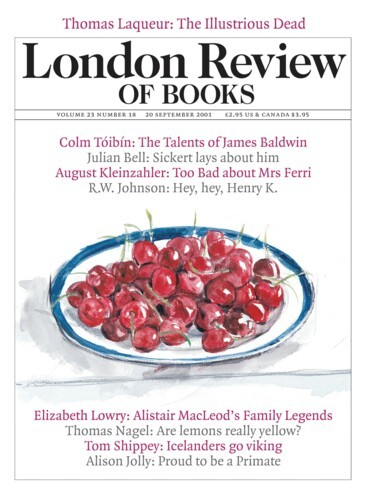Learning to Talk
This is our game for now, rehearsing words
to make the world seem permanent, and ours;
before it disappears, I will have named
all we can see, from here to the snow on Kvannfjellet,
the yarrow in the grass, a passing swan,
eider and black-backed gull at the rim of the sound.
I gloss uncertainties – this lime green weed
that fetches up a yard above the tide;
those seabirds in the channel, too far out
to call for sure; these unspecific moths;
a chequered wagtail, similar enough,
though different, to those we know at home.
It never ends; there’s always something else:
a single blackbird quietly arrives
from nowhere, at the far edge of the lawn
and everything we know is strange again,
the daylight turned to gloaming on the fields,
your face a maze of sleep and inattention.
Coming indoors, the house is still as glass;
a half-read book lies open on the table.
Later, you’ll sleep and dream of something else,
a seamless order, dark with flight and tides,
a silence to replace my questing voice,
but I’ll go out at midnight in a haze
of moths and pollen, on the Hella road,
finding and naming, one thing at a time:
fieldfare, redshank, cranesbill, alchemilla.
A Duck Island Flora
For Michael Longley
On the road to the Brensholmen ferry:
snow gentians, mineral blue
and perfect, like a child’s idea of north;
but here is all marshland
and water between the fields
where they still cut and rake the hay
with tools that are heirlooms.
Two types of bog-cotton grow:
torvull and duskull;
and lady’s mantle: Alchemilla mollis;
marikåpe.
On the high road, over the pass,
there are purple orchids;
but close to town
a common beauty thrives:
cornflowers; bluebells; dogwood; purple vetch;
kornblomst; blåklokke; skrubbaer, fuglevikke.
Send Letters To:
The Editor
London Review of Books,
28 Little Russell Street
London, WC1A 2HN
letters@lrb.co.uk
Please include name, address, and a telephone number.

